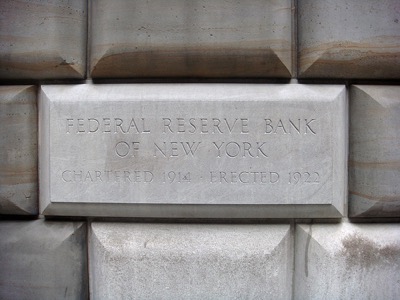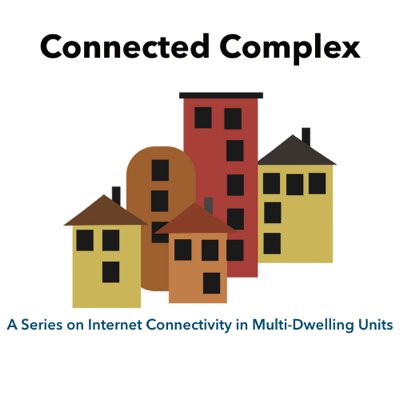Trump FCC Votes To Weaken Broadband ‘Nutrition Label’ Rule That Already Saw Mixed Compliance
Last year the Biden FCC implemented a new rule requiring that broadband providers include a “nutrition label for broadband,” making any fees, restrictions, usage caps, or other limits clear at the point of sale. The proposal was mandated by Congress as part of the bipartisan infrastructure law.
But four years after Congress proposed the idea, a new study indicates that many ISPs aren’t doing a great job adhering to the rules. The Trump FCC has also announced that it's taking formal steps to weaken or eliminate the rules as part of the agency’s broad, frontal assault on consumer protections.
The new academic study (first reported on by Broadband Breakfast) by York University researchers Jonathan A. Obar and Boxi Chen gave 35 different U.S. ISPs a ten-star based grade on how well they are adhering to the FCC broadband label requirements, including label placement, standardized formatting, machine-readable data files, and required policy links.
The results weren’t pretty: only sixteen ISPs properly placed labels at the point of sale as required, and not a single ISP received full marks for completely adhering to the FCC’s requirements. Only six ISPs received a full ten star ranking for proper formatting.











